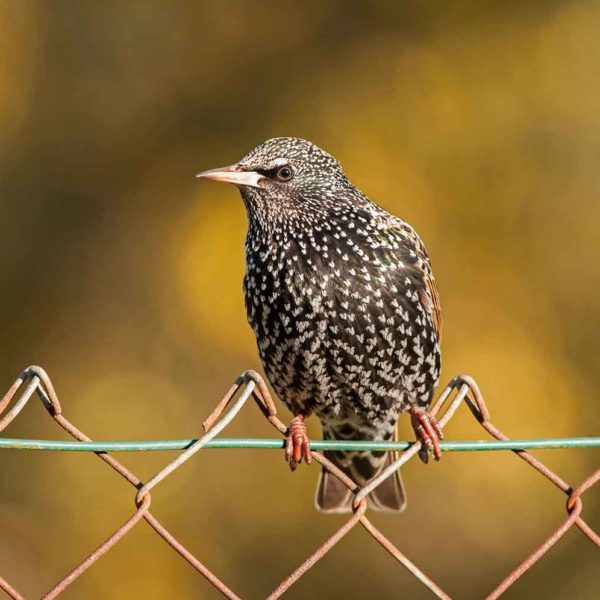Key Facts
- Length: 21cm
- Wingspan: 40cm
- Weight: 78g
- Average Lifespan: 5 years
Starlings are very familiar birds of farmland, parks, gardens and towns.
Sociable birds, they spend a lot of their time in large flocks, roosting and performing sweeping, aerial displays – they can often be seen moving fluidly through a winter’s sky. Starlings eat insects and fruit, and will visit birdtables and feeders. Starlings make untidy nests in holes in trees or in buildings, in which the female lays five to seven eggs. Both parents raise the chicks.
How to Identify
Unmistakeable: adult Starlings are a beautiful, oily black colour, with a purple and green sheen. In the winter, they are covered in tiny beige spots. Young Starlings are dark grey-brown.
Where to Find
Widespread.
How People Can Help
Although one of the UK’s most common garden birds, the Starling is declining elsewhere. Here, The Wildlife Trusts are helping to protect Starlings and other birds by working closely with farmers, landowners and developers to promote wildlife-friendly practices. We are working towards a ‘Living Landscape’: a network of habitats and wildlife corridors across town and country, which are good for both wildlife and people. You can support this greener vision for the future by joining your local Wildlife Trust.
Did you know?
The enormous winter flocks of Starlings can number more than a million birds! These flocks are subject to predation by Peregrine Falcons, but the flock can be seen wheeling and diving as one, as individuals try to avoid being caught.
Similar Species
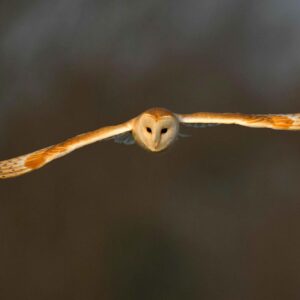
Barn Owl
- Birds
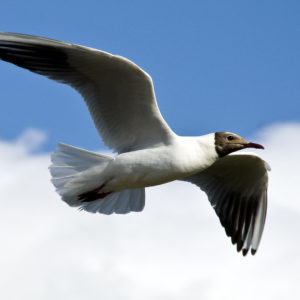
Black-Headed Gull
- Birds
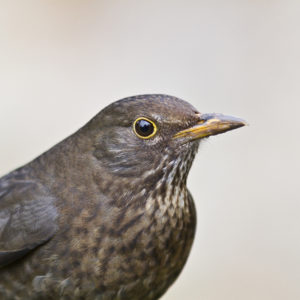
Blackbird
- Birds
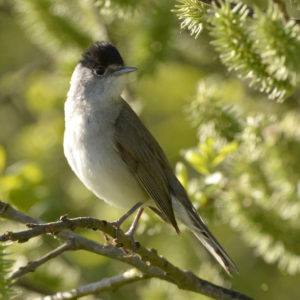
Blackcap
- Birds
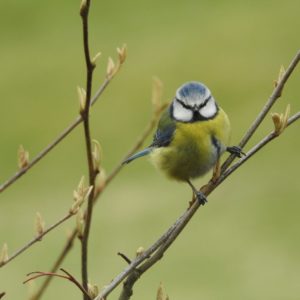
Blue Tit
- Birds
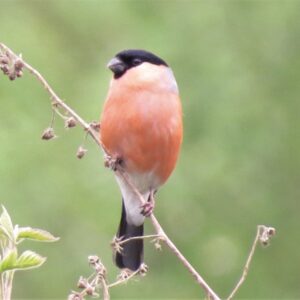
Bullfinch
- Birds
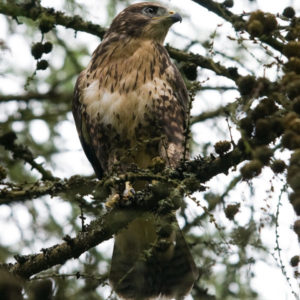
Buzzard
- Birds
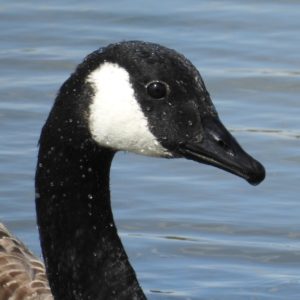
Canada Goose
- Birds
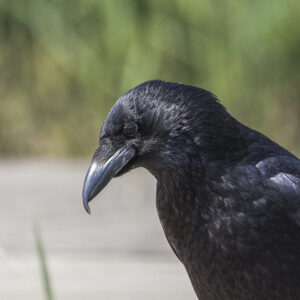
Carrion Crow
- Birds
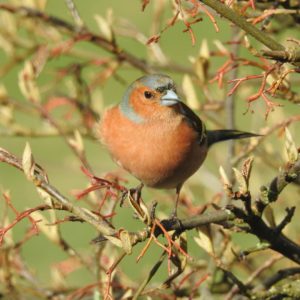
Chaffinch
- Birds
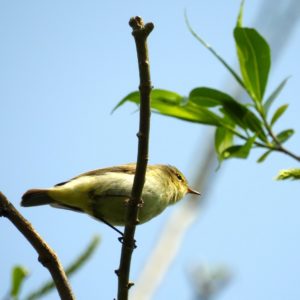
Chiffchaff
- Birds
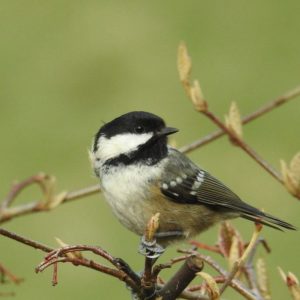
Coal Tit
- Birds
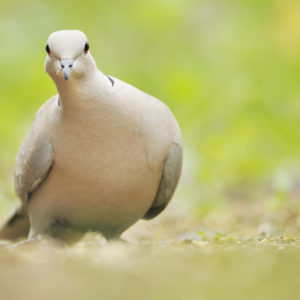
Collared Dove
- Birds
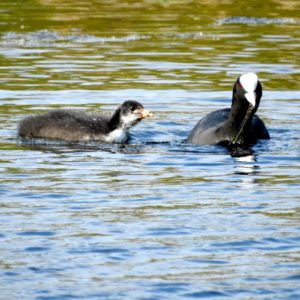
Coot
- Birds
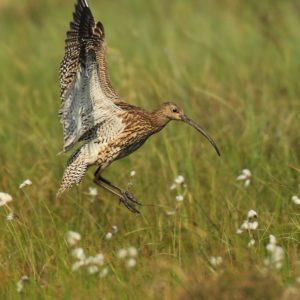
Curlew
- Birds
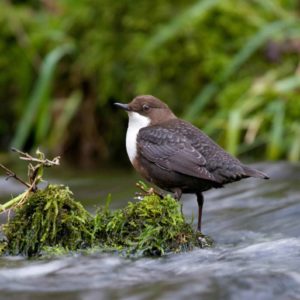
Dipper
- Birds
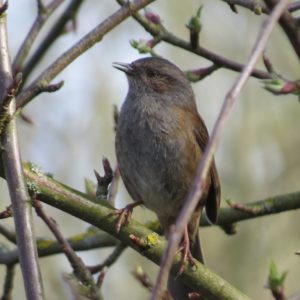
Dunnock
- Birds
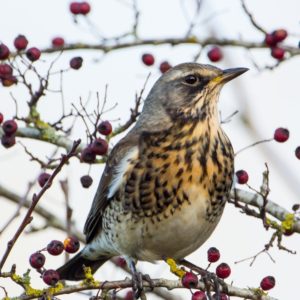
Fieldfare
- Birds
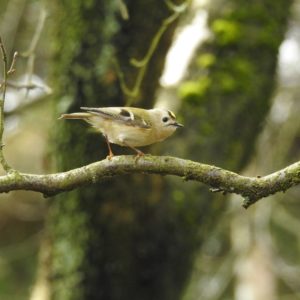
Goldcrest
- Birds
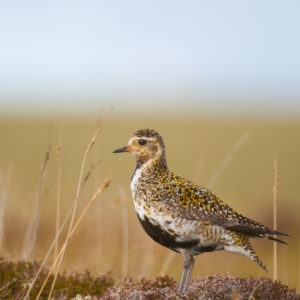
Golden Plover
- Birds
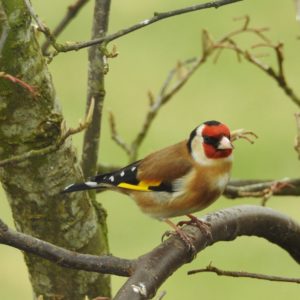
Goldfinch
- Birds
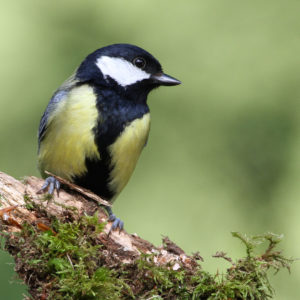
Great Tit
- Birds
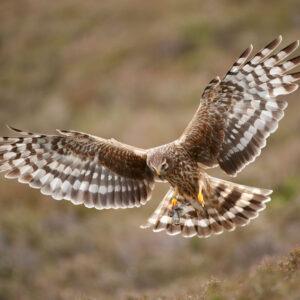
Hen Harrier
- Birds

Herring Gull
- Birds
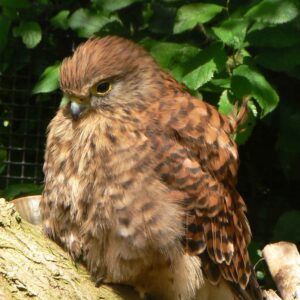
Kestrel
- Birds
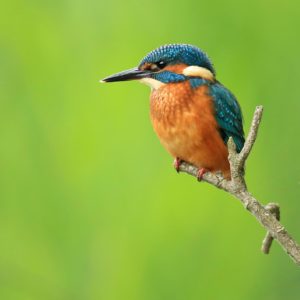
Kingfisher
- Birds
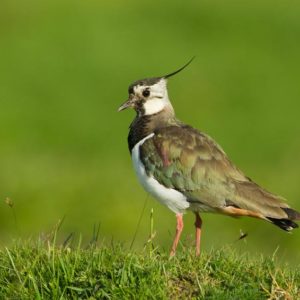
Lapwing
- Birds
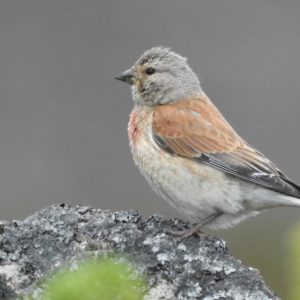
Linnet
- Birds
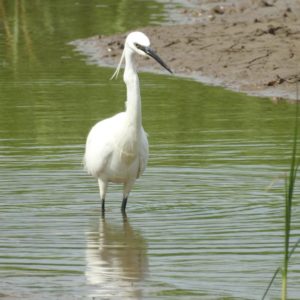
Little Egret
- Birds
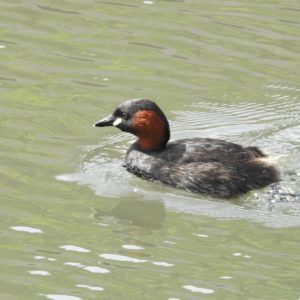
Little Grebe
- Birds
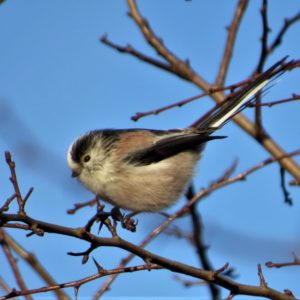
Long-Tailed Tit
- Birds
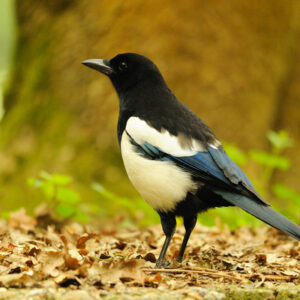
Magpie
- Birds
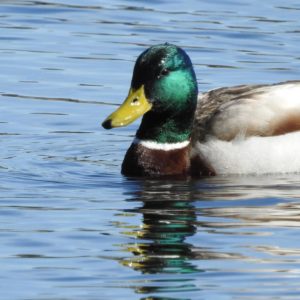
Mallard
- Birds

Mandarin Duck
- Birds
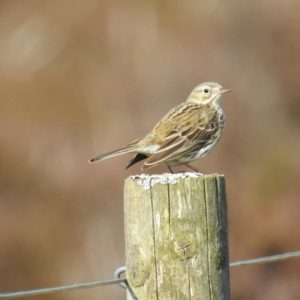
Meadow Pipit
- Birds
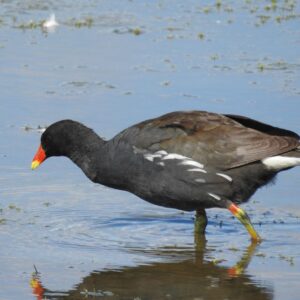
Moorhen
- Birds
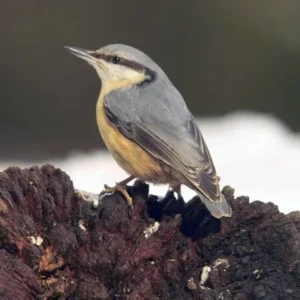
Nuthatch
- Birds
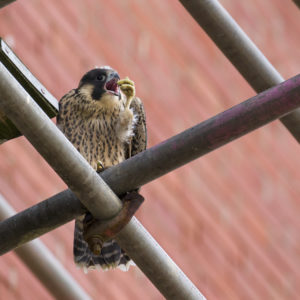
Peregrine falcon
- Birds
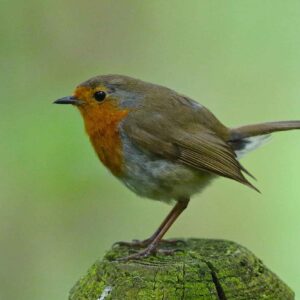
Robin
- Birds
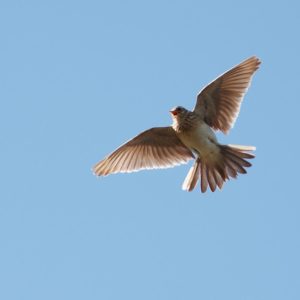
Skylark
- Birds
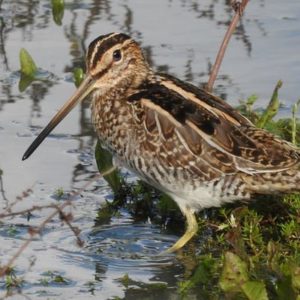
Snipe
- Birds
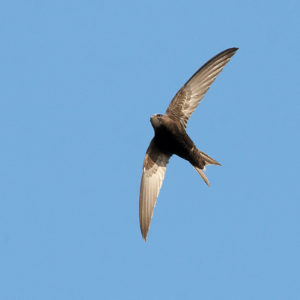
Swift
- Birds
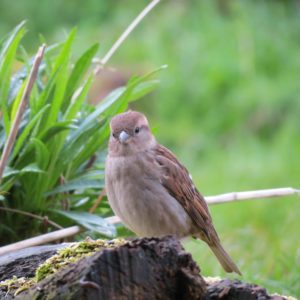
Tree Sparrow
- Birds
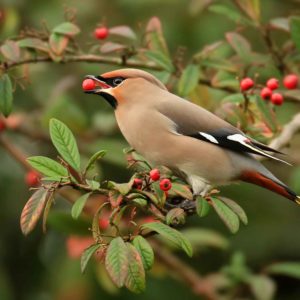
Waxwing
- Birds
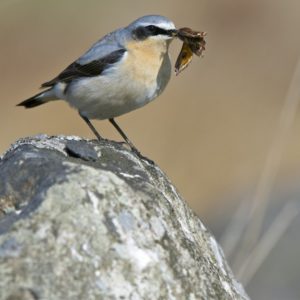
Wheatear
- Birds
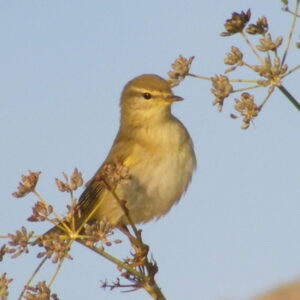
Willow Warbler
- Birds
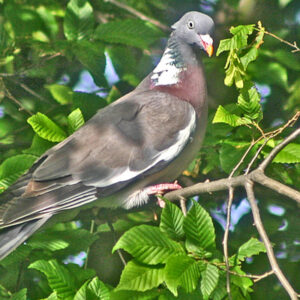
Wood Pigeon
- Birds
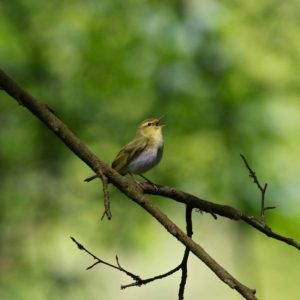
Wood Warbler
- Birds
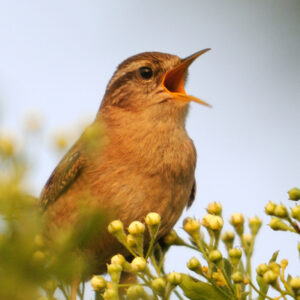
Wren
- Birds
